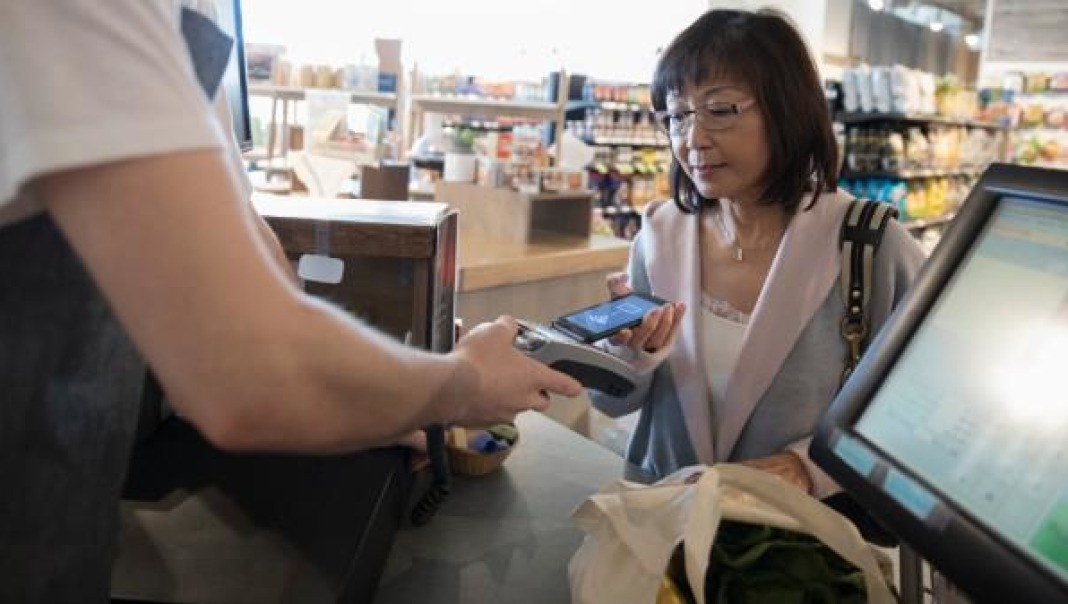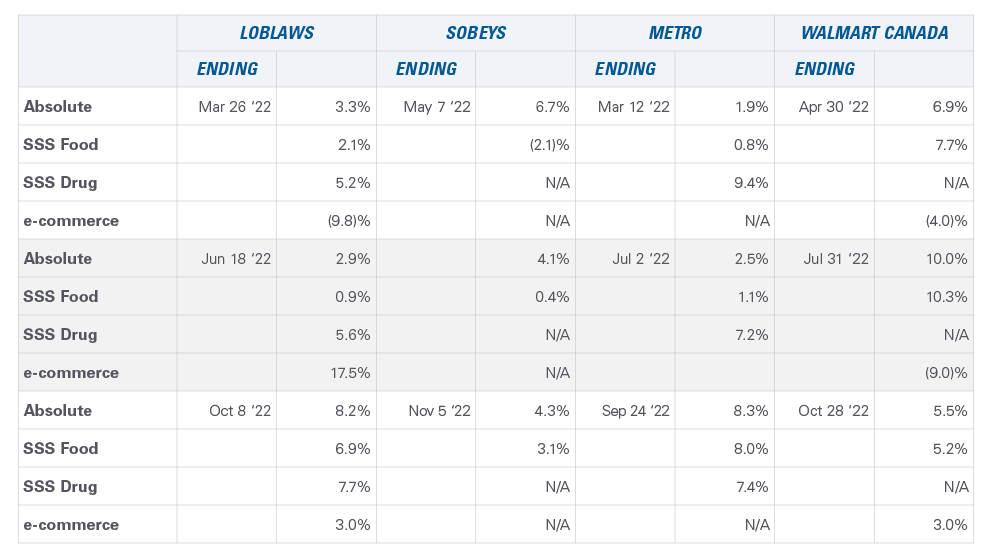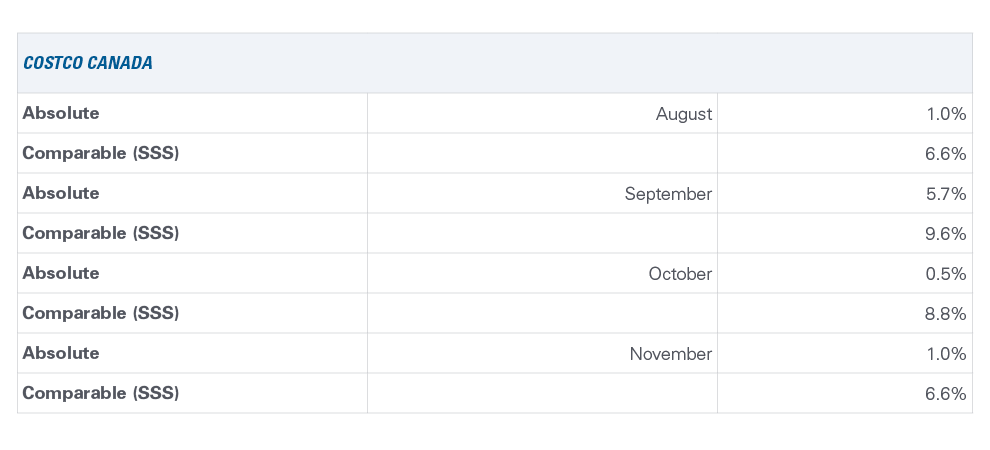Want to grow sales? 3 ways to boost your bottom line
Wednesday, June 14, 2023
Reference: FCC

Sales growth is key, yet food retailers face significant challenges right now to deliver it.
Restaurants are rebuilding their clientele as the world adjusts to post-pandemic life, and grocery store shelves are coping with rising food prices.
Inflation does inflate sales, but we know consumers will try to trade down or increase their dependence on temporary price reduction (TPR) items. Any food and beverage processor who delivers positive year-over-year growth will be ahead of many.
Large publicly traded retailers in Canada report quarterly results. When sales are soft (flat or declining), the automatic reaction is to add some low prices to advertisements to drive people into stores. This is a short-term solution but one many lean on. Costco is the only retailer that does not rely on this tactic.
The issue with this strategy is that margins are reduced, and profits usually fall. Sales are a key metric, and after years of unpredictable sales, retailers need steady growth from their suppliers.
Here are three key points to help you grow your sales
1. Know the big picture
Every food and beverage processor selling to large grocery store chains should know what’s happening with their customer’s sales. Look at their press releases and learn about them each quarter. They share much information which is easily found online.The chart below summarizes the sales results of some Canadian retailers for 2022. They all report at slightly different times and are lined up below to make the results comparable. You can see some of the volatility, how e-commerce is a component of the overall sales and how it fluctuates significantly between quarters.
Definitions
- Same store sales (SSS): This is the sales growth (or decline) in stores that have not changed significantly in the past year. Each retailer has their specific definition, but these results are in stores where yearly results are comparable, giving an accurate number to assess performance. Sobeys has made acquisitions to drive sales growth, so you will see a bigger discrepancy between their absolute (all stores) and SSS numbers.
- Ending: The date at the end of the quarter for which they report the results. These retailers operate on four 13-week quarters, but there are instances where a year will have 53 weeks due to how the days fall.
Table 1: 2022 sales summary: major retailers saw volatility

Source: SKUFoods
2. Use the information
Compare your sales results to those of your retailers – the ones carrying your products on their shelves. Overall, you want to be growing faster than the total store. Some retailers will share department or even category sales growth, which are the best numbers you can get to assess performance.Costco, because they do many things differently, reports monthly sales to the public. This is great for food processors to review and provides a better comparison. The following table illustrates Costco Canada sales.
Table 2: Costco Wholesale Corporation

Source: SKUFoods
3. Establish the baseline and build a plan
When you discuss sales with retailers, you need to establish a baseline. What will they compare you to? Some retailers want to compare to before the pandemic, and others focus only on last year versus this year.Have a conversation since every retailer is different.
Once you establish how they review sales, build a plan to deliver growth. Start with the sales in the baseline year and examine the circumstances. What promotions did you have in place? What other factors impact sales? Consider trade and marketing spending options this year, then decide what to implement and when.
Retailers want to look to the future and work with suppliers focused on delivering results. Share your plans and ensure you know of any opportunities that might be there for you.
Read More
Sign up to stay connected
- News
- Property Alerts
- Save your favourite properties
- And more!
Joining Farm Marketer is free, easy and you can opt out at any time.
